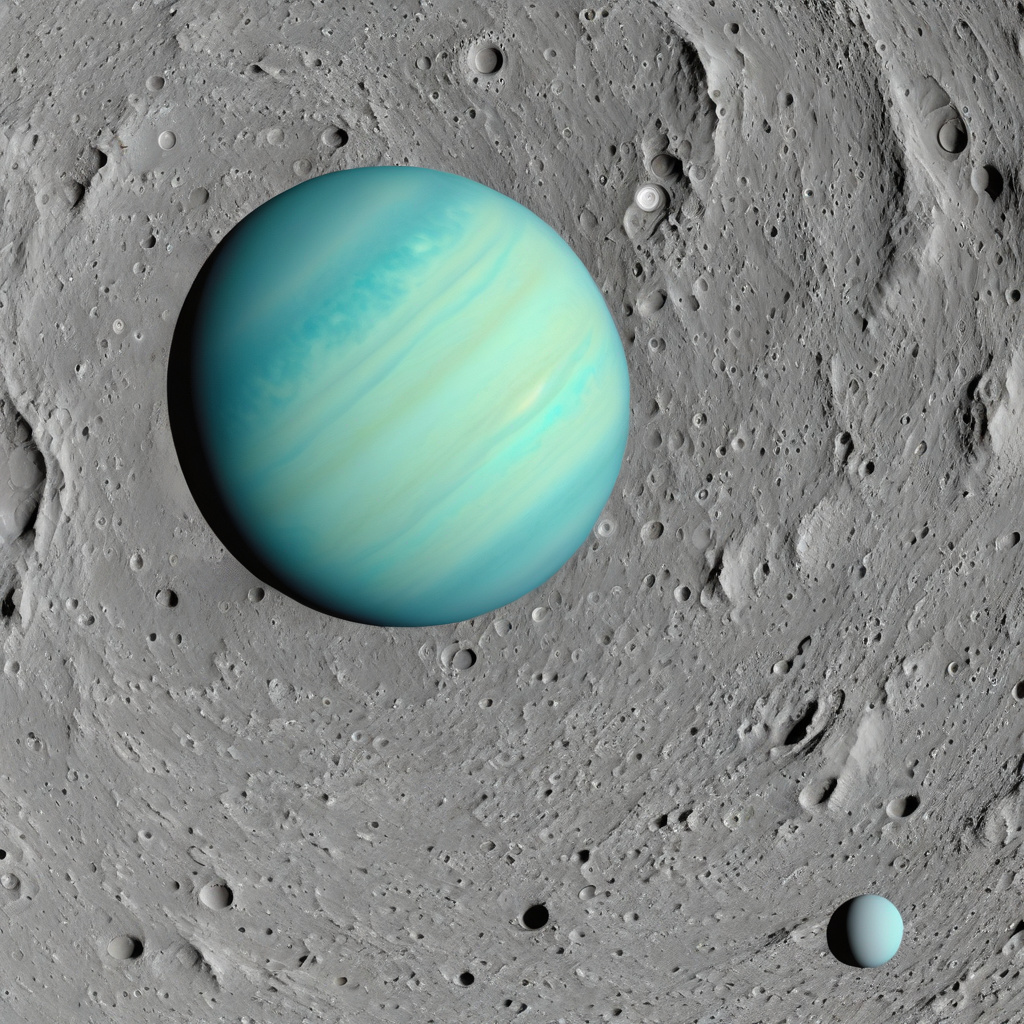Webb Telescope Spots Uranus’ 29th Moon Missed by Voyager 2 Nearly 40 Years Ago
NASA’s James Webb Space Telescope has revealed a previously unknown moon orbiting Uranus, bringing the total number of moons around the distant planet to a staggering 29. This discovery is not only a significant milestone in our understanding of the outer reaches of our solar system but also a testament to the power of cutting-edge technology in space exploration.
The newly spotted moon, temporarily designated as S/2004 U 1, was missed by the Voyager 2 spacecraft during its flyby of Uranus in 1986. This underscores the limitations of past technologies and highlights the importance of continued innovation in the field of astronomy. The fact that a moon orbiting one of the most well-studied planets in our solar system went undetected for decades serves as a reminder of how much we have yet to uncover about the universe.
The discovery of S/2004 U 1 was made possible by the unprecedented capabilities of the Webb Telescope, which was launched in December 2021. Equipped with a powerful suite of scientific instruments, including the Near Infrared Camera (NIRCam) and the Near Infrared Spectrograph (NIRSpec), the telescope has been able to peer deeper into space with greater precision than ever before. Its ability to detect faint objects in the outer regions of the solar system has already yielded groundbreaking discoveries, with the detection of S/2004 U 1 being just the latest example.
The identification of S/2004 U 1 adds to the growing body of evidence that suggests the outer solar system is teeming with small, irregularly shaped moons that have so far eluded detection. These moons are thought to be remnants of larger bodies that were shattered by collisions with other objects, providing valuable insights into the violent history of the early solar system. By studying these moons in more detail, scientists hope to unravel the mysteries of how the solar system evolved over billions of years.
In addition to expanding our knowledge of the outer solar system, the discovery of S/2004 U 1 also has practical implications for future space exploration missions. Moons like this one could serve as potential targets for robotic spacecraft, offering valuable opportunities for scientific research and exploration. By studying the composition, structure, and origins of these moons, scientists can gain a better understanding of the processes that have shaped our solar system and continue to influence its dynamics today.
As we celebrate the discovery of Uranus’ 29th moon, we are reminded of the endless possibilities that lie beyond the confines of our home planet. The Webb Telescope’s remarkable ability to uncover hidden celestial objects is a testament to human ingenuity and the insatiable curiosity that drives us to explore the unknown. With each new discovery, we come one step closer to unraveling the mysteries of the cosmos and unlocking the secrets of the universe.
#WebbTelescope #UranusMoon #SpaceExploration #SolarSystem #JamesWebbTelescope












